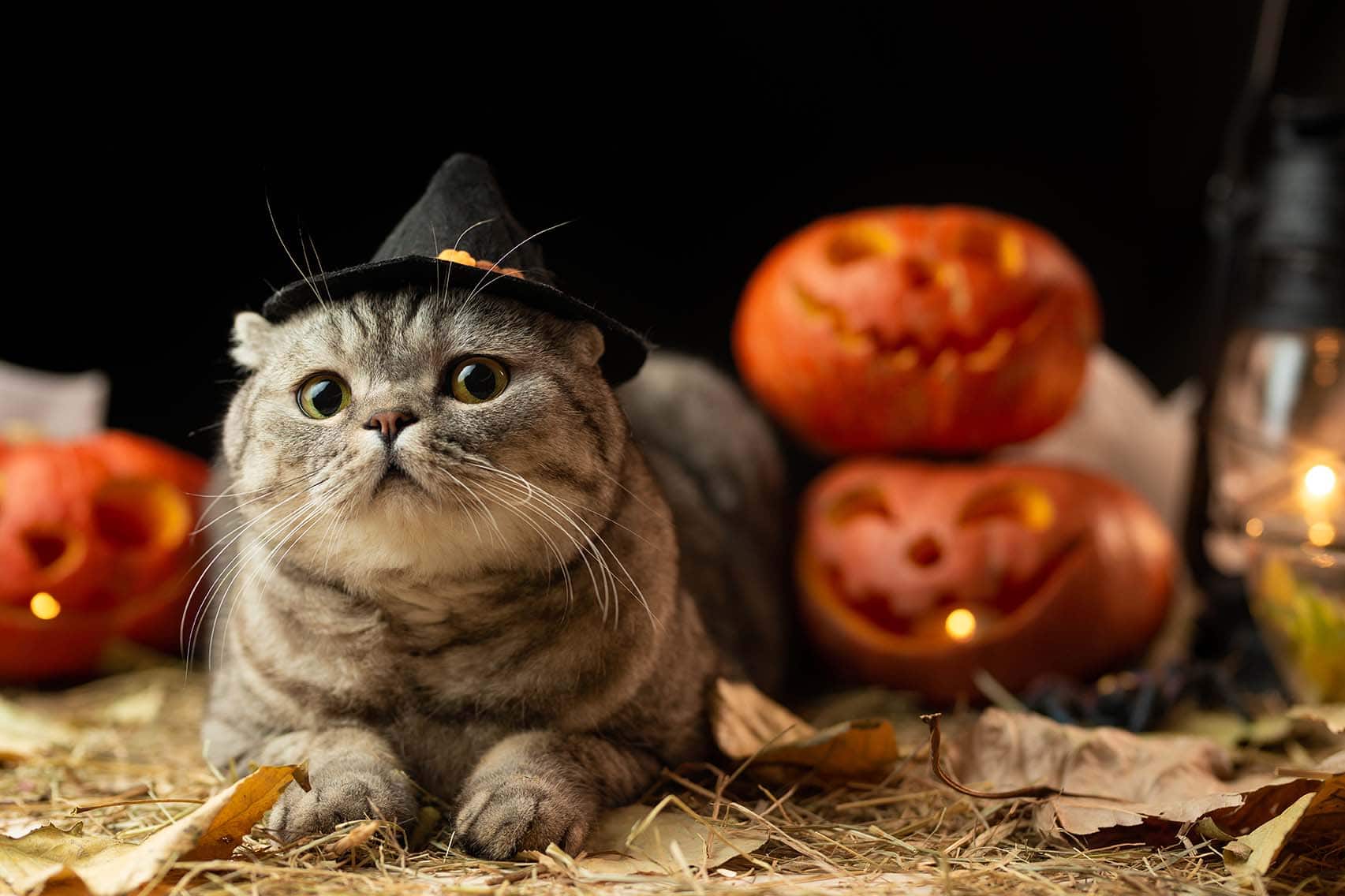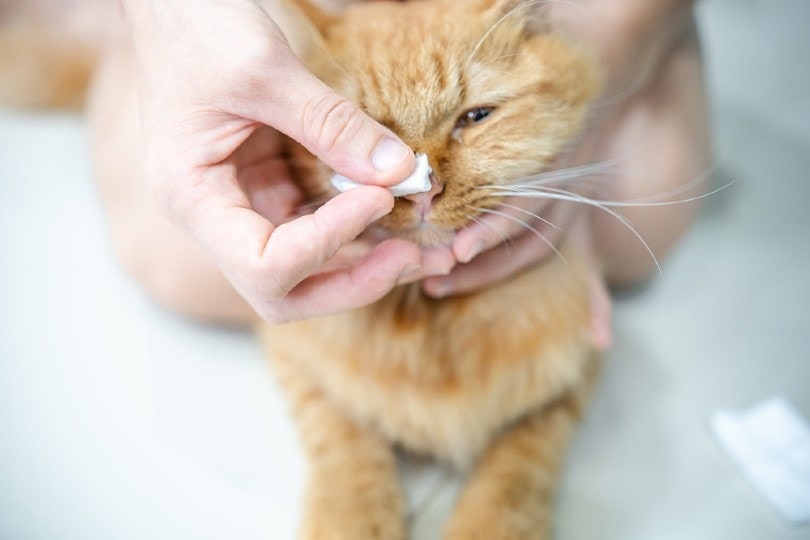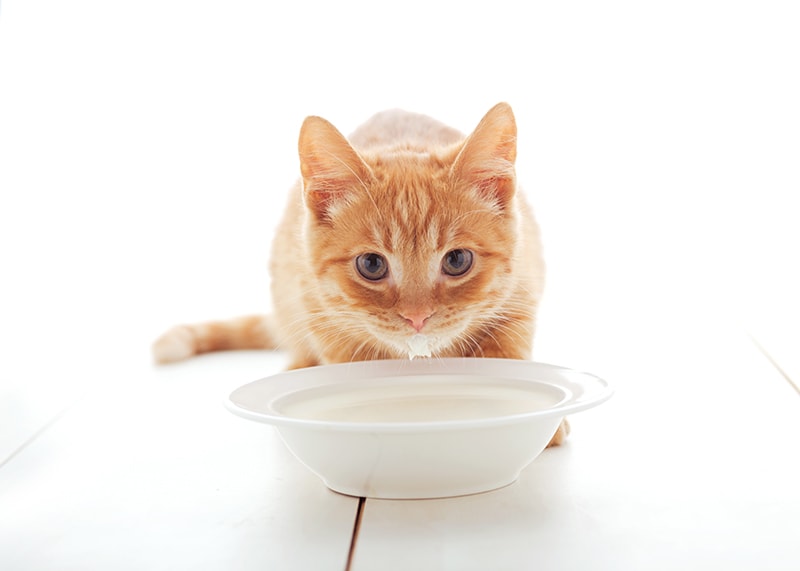How Does Pet Humanization Affect The Pet Industry? (Positive & Negative Impacts)

Updated on
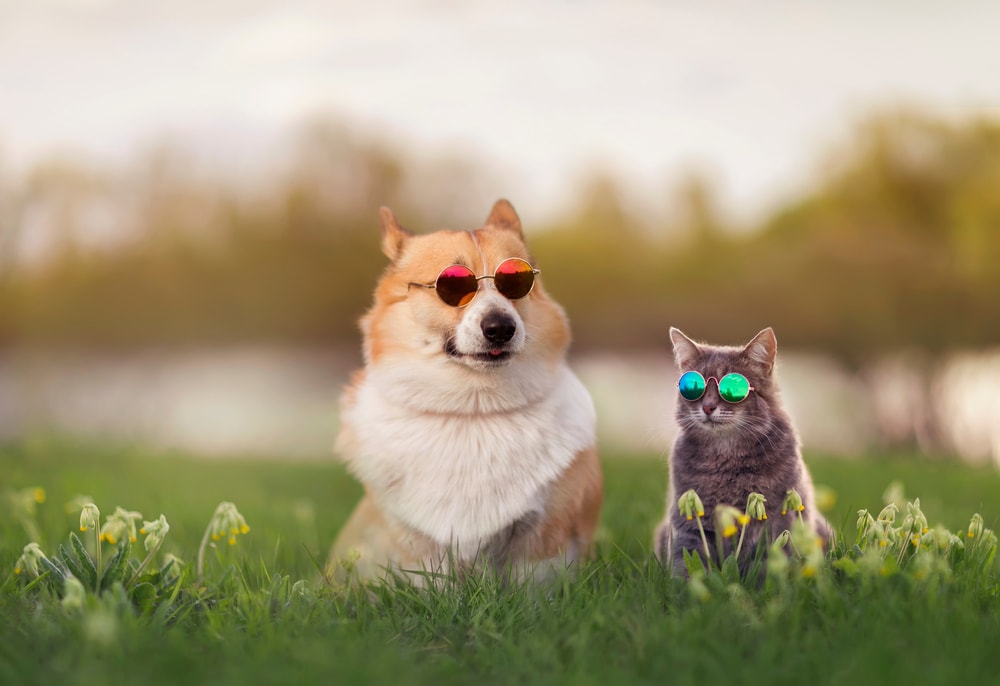
Many of us grow to love our fur babies so much that we often treat them like family. Pet humanization refers to the trend of attributing human-like qualities and characteristics to pets, which has become increasingly popular in recent years.
The pet industry, which includes products and services for pets, has seen significant impacts because of this trend, some positive and others negative. With pet humanization becoming more common as the years go by, how exactly has it affected the pet industry?
What is Pet Humanization?
Pet humanization involves treating pets like family members and often involves buying them human-like products and services. This includes designer pet clothing, all-natural organic foods, and even top-of-the-line grooming services.
Pet humanization has become a growing trend in recent years, with more and more families having pets of their own. Trends in the pet industry follow human trends, as seen in the increase in the availability of high-end and premium pet food, accessories, supplies, and services.
The reasons behind owners humanizing their pets can be varied and complex. Most pet owners adopt pets for companionship and comfort, with some even viewing them as emotional support.

Impact on the Pet Industry
The American Pet Products Association (APPA) has revealed that pet-related spending has increased from $90 billion to $123 billion from 2019 to 2021 alone1. With the booming trend of pet humanization over the years, there is great impact on the pet industry to accommodate the needs and wants of consumers.
In Britain, a study done by the Pet Food Manufacturer’s Association (PFMA) reported that 35% of adults aged 24 to 25 have become pet owners during the pandemic alone2. This increase in pet ownership has, in turn, increased the demand for pet products and services as well.
Increased Demand for Pet Products and Services
As mentioned, the trend of pet humanization has led to an increased demand for quality pet products and services—including premium pet food, designer pet clothing, and high-end pet grooming services.
As a result, the pet industry has also had to adapt its product offerings to meet the changing demands of pet owners, which has led to an increase in the availability of high-end, premium pet products. This increased demand has resulted in an expansion of the pet industry, with new innovations and technology to accommodate the growing demand.

Higher Cost of Pet Ownership
With the availability of quality products and services resulting from the increased demand, most pet owners will opt to provide the best there is to offer their fur babies. This has resulted in a higher cost of pet ownership, which can be a challenge for pet owners on a tight budget.
Changes in Marketing Strategies
Pet humanization among owners has been utilized in the industry’s marketing strategies. Companies now use advertising and marketing campaigns to highlight the emotional connection between pets and their owners, emphasizing the human-like qualities of pets and the role they play in their owners’ lives.
The pet industry is well aware of the familial relationship among owners and their pets, making it a primary focus in marketing. The ease of accessibility through the internet and e-commerce has also allowed pet owners to access these products and services at their convenience. Companies utilize this medium by advertising and selling their products online through various pet websites that are easily accessible at pet owners’ fingertips.
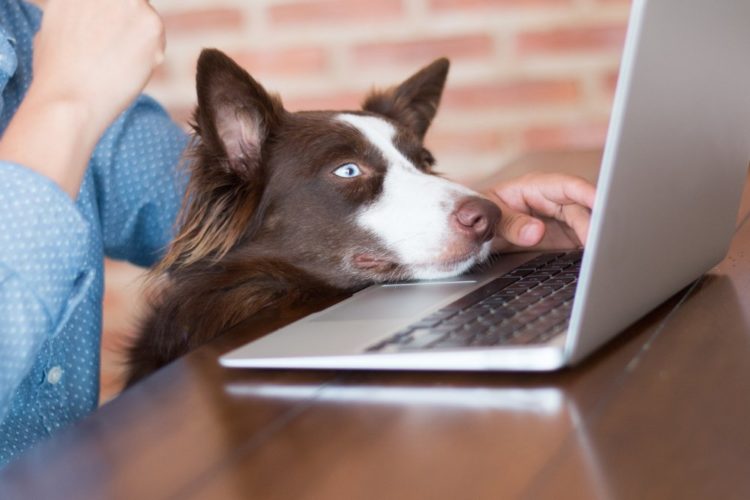
Top 4 Positive Impacts of Pet Humanization
1. Improved Pet Health and Quality of Life
With more households taking in animals as pets, many have had the luxury of receiving top-of-the-line pet food, supplies, and living conditions, which increase their quality of life and overall health. They also have access to veterinary care and grooming services for the management and prevention of illnesses.
As pet owners, we want what is best for our pets. As such, many animals are lucky enough to receive the best of the best!

2. Stronger Human-Animal Relationships
Pet humanization has increased the bonds between humans and animals. Pet owners are able to build relationships with animals and treat them with respect as if they are, as the name suggests, humans.
3. Economy Booster
With the increase in innovations for pet products and services, pet owners are more likely to spend for their pets. Both small and large businesses involving pets are able to thrive, giving a positive impact on the economy.
4. Increased Support for Animal Welfare Organizations and Advocacies
Humanization of pets has also increased awareness for animal welfare organizations. Many pet owners eventually become advocates for animals’ well-being and are likely to donate to animal welfare organizations.
The increase in awareness for animal welfare has also allowed many pet owners to adopt pets from shelters, giving these animals a second chance of a new home, family, and life.
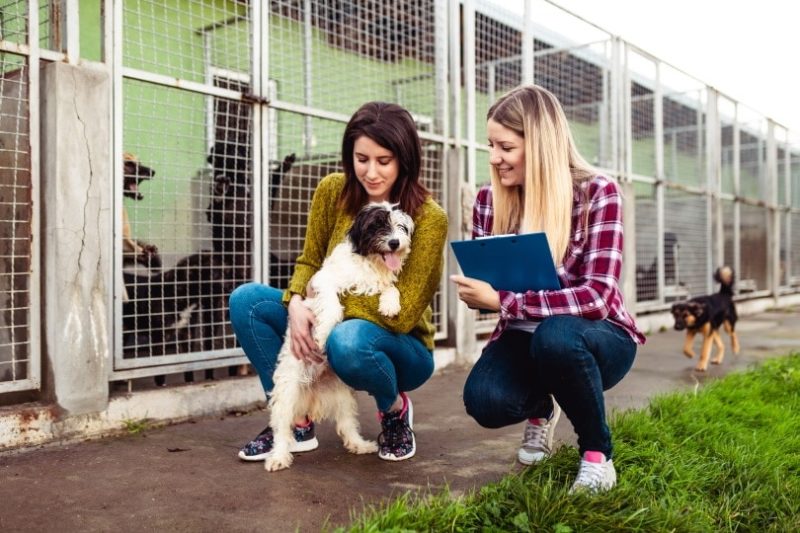
 Top 2 Negative Impacts of Pet Humanization
Top 2 Negative Impacts of Pet Humanization
1. Commodification and Objectification of Animals
While pet humanization may build positive human-and-animal relations for pet owners, there will always be some cases in which pets are treated more like a commodity rather than members of the family. Unfortunately, for business and other purposes, many animals are often subjected to inhumane treatment and inappropriate living conditions.
2. Breed Diversity Decline
Pet humanization can also contribute to the decline in breed diversity. Among pet owners, certain physical and temperamental characteristics are more desirable than others, especially when it comes to family companionship. This can result in the overbreeding of certain breeds and the neglect of other breeds.
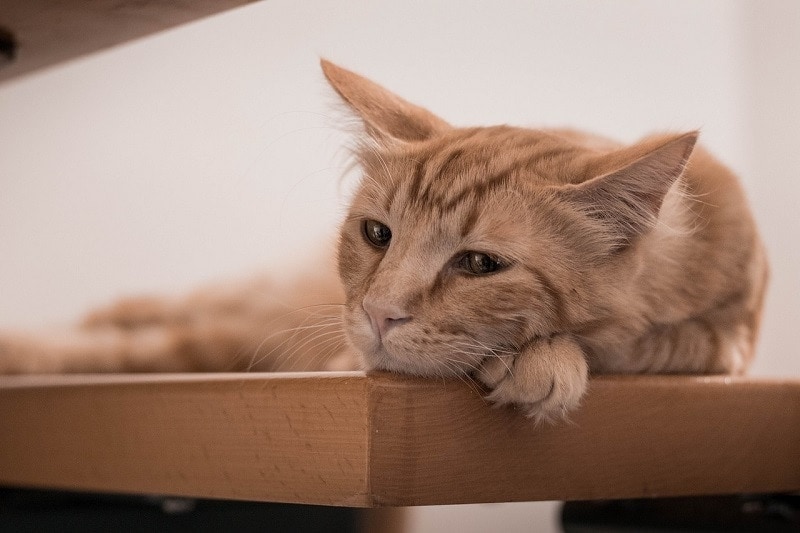
Conclusion
Pet humanization has become a widespread trend, and its impact on the pet industry will likely continue to evolve in the future. While pet humanization has its benefits in the industry, it is important to remember that pets are living beings that should be treated with respect and dignity.
By balancing our love for our pets with a respect for their well-being, we can ensure that pet humanization remains a positive trend for both pets and their owners. After all, who wouldn’t want the best for our furry friends!
Featured Image Credit: Bachkova Natalia, Shutterstock

